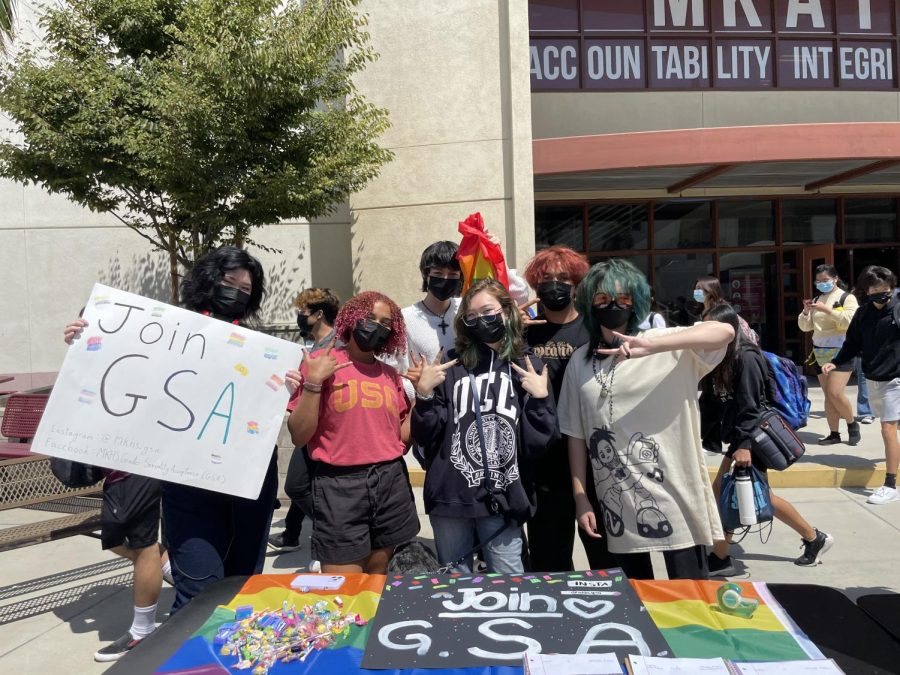California Needs to Beat the Heat(waves) Now.
October 25, 2022
In the beginning of September 2022, California experienced record high heatwave temperatures. As triple digits struck throughout the state, millions of California residents turned on their air conditioners, overwhelming the state’s energy grid and increasing potential power outages. At the peak of the heatwave, the state power-grid broke a new record and was at over 52,000 megawatts with the state’s capacity at 56,000 megawatts, as reported by USA Today. In West Sacramento and Davis, as many as 12,000 customers lost power according to PG&E. In the Silicon Valley and the San Francisco Bay Area, about 35,700 people suffered from blackouts during the record heat temperatures.
2022 and 2023 happen to be the years of La Niña, the periodic cooling of sea-surface temperatures in east-central and equatorial Pacific Ocean, which brings cooler and wetter conditions in the western Pacific and warmer and drier conditions in the eastern Pacific. The abundance of greenhouse gasses and the warming of Earth enables more moisture to be trapped in the atmosphere, and it amplifies the heavy rainfall in places like southeast Asia and Australia. On the other side of the Pacific Ocean’s coast in California, however, it creates an extreme environment that is characterized by warm, dry air; this climate amplifies the severity of heat waves, droughts and wildfires.
The effects of the heatwaves also highlight the inequalities of society. They disproportionately impact lower income communities of color the hardest. These communities, in particular, tend to have fewer shade and tree canopy, which can be a life or death situation during heatwaves. In a report from the Sacramento Tree Foundation, neighborhoods in South Sacramento, where nearly a quarter of residents live in poverty and are primarily non-white, it can be up to 20 degrees hotter than areas such as East Sacramento, where there is almost no poverty and with majority white residents. According to an analysis from the Los Angeles Times, there were an estimated 3900 heat related deaths in California between 2010 and 2019. And among Americans, heat is also the leading cause of climate related deaths. It is referred to as the “silent killer” since deaths from such cases do not get as much attention as other climate related deaths. Among race and ethnicity, it was shown that Black and Indigenous people suffer from higher rates of heat-related deaths.
As temperatures and the number of heatwaves increase annually, we must ask ourselves what must be done in order to fight the ongoing climate crisis.
















